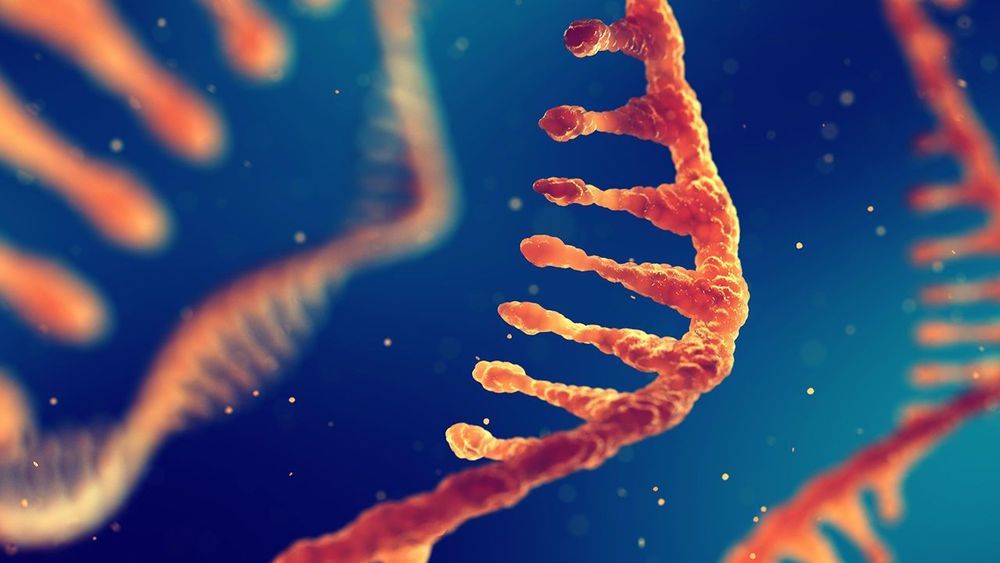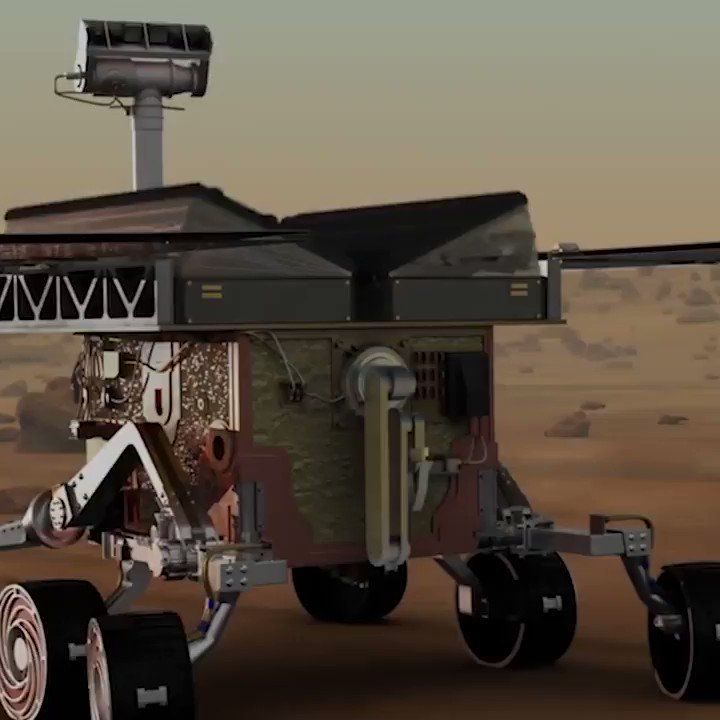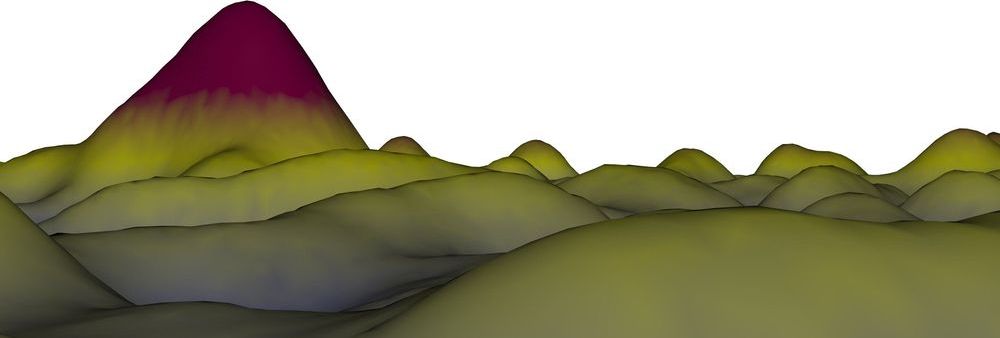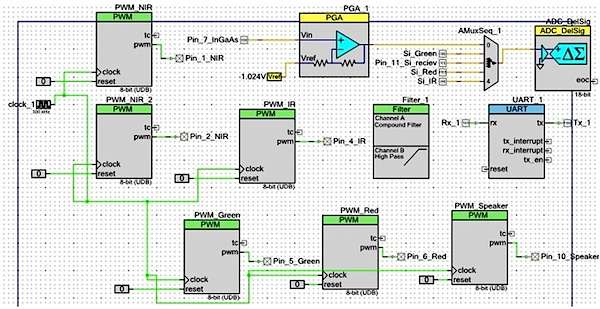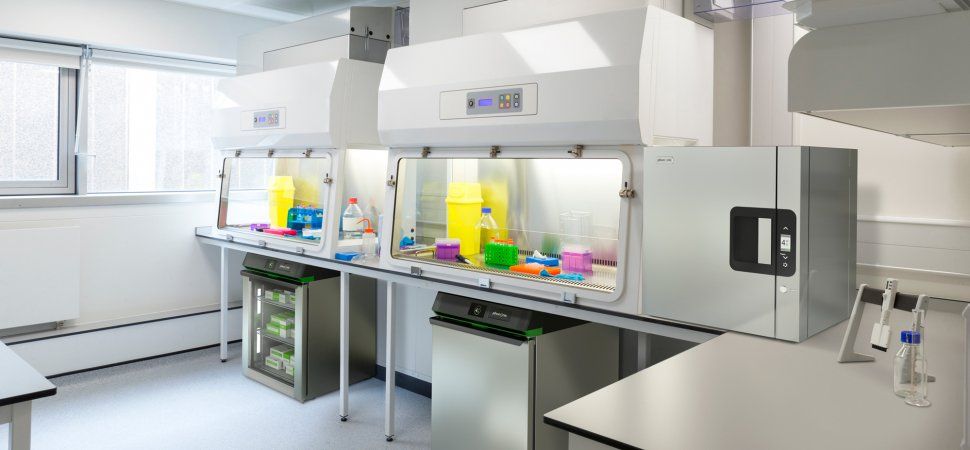Page 8162
Apr 18, 2019
The Quest For the Roots of Autism — and What It Says About Us All
Posted by Genevieve Klien in category: neuroscience
The more researchers look, the more multifaceted the risk factors appear — and the more we learn about how the brain works and develops.
Apr 18, 2019
Dr. Doris Taylor — Texas Heart Institute — IdeaXme — Ira Pastor — “How to Build a New Heart”
Posted by Ira S. Pastor in categories: 3D printing, aging, bioengineering, biotech/medical, chemistry, cryonics, DNA, genetics, health, life extension

Apr 18, 2019
Powerful CRISPR cousin accidentally mutates RNA while editing DNA target
Posted by Ours Ondine in category: biotech/medical
When researchers first reported 3 years ago that they had created base editors, a version of the powerful genome-editing tool CRISPR, excitement swirled around their distinct powers to more subtly alter DNA compared with CRISPR itself. But the weaknesses of base editors have become increasingly apparent, and a new study shows they can also accidentally mutate the strands of RNA that help build proteins or perform other key cellular tasks. Researchers say this could complicate developing safe therapies with the technology and hamper other research applications.
Human diseases from sickle cell to Tay-Sachs are caused by a single mutation to one of the four DNA bases—adenine, guanine, cytosine, and thymine—and CRISPR has often had difficulty swapping out the bad actors. That’s in part because CRISPR cuts double-stranded DNA at targeted places and then relies on finicky cell repair mechanisms to do the heavy lifting of inserting a corrected DNA sequence for a mutation. Base editors, in contrast, chemically change one DNA base into another with enzymes called deaminases, which doesn’t require a cut or help from the cell.
Base editors, which adapt key components of CRISPR to reach targeted places in the genome, have been shown to have many off-target effects on DNA. But until now, its effects on RNA, which contains three of the same bases as DNA, had escaped scrutiny. So J. Keith Joung, a pathologist and molecular biologist at the Massachusetts General Hospital in Boston, led a team that put base editors into human liver and kidney cells. Their finding: Deaminases can also alter RNA, the group reports today in.
Apr 18, 2019
NASA designed a drone that could fly around Mars
Posted by Klaus Baldauf in categories: drones, space
Apr 18, 2019
Planck reveals link between active galaxies and their dark matter environment
Posted by Quinn Sena in categories: cosmology, evolution
Scientists have used the tiny distortions imprinted on the cosmic microwave background by the gravity of matter throughout the universe, recorded by ESA’s Planck satellite, to uncover the connection between the luminosity of quasars – the bright cores of active galaxies – and the mass of the much larger ‘halos’ of dark matter in which they sit. The result is an important confirmation for our understanding of how galaxies evolve across cosmic history.
Most galaxies in the universe are known to host supermassive black holes, with masses of millions to billions of times the Sun’s mass, at their cores. The majority of these cosmic monsters are ‘dormant’, with little or no activity going on near them, but about one percent are classified as ‘active’, accreting matter from their surroundings at very intense rates. This accretion process causes material in the black hole’s vicinity to shine brightly across the electromagnetic spectrum, making these active galaxies, or quasars, some of the brightest sources in the cosmos.
While it is still unclear what activates these black holes, switching on and off their phase of intense accretion, it is likely that quasars play an important role in regulating the evolution of galaxies across cosmic history. For this reason, it is crucial to understand the relationship between quasars, their host galaxies, and their environment on even larger scales.
Continue reading “Planck reveals link between active galaxies and their dark matter environment” »
Apr 18, 2019
This Wearable Prototype Can See Through Skin To Scan Your Blood
Posted by Quinn Sena in categories: biotech/medical, information science, wearables
Circa 2015
Echo Labs uses light and a clever algorithm to measure oxygen and CO2 in the blood stream.
Apr 18, 2019
LG G8 ThinQ Review: Flash-Bang, Scan Your Blood
Posted by Quinn Sena in category: biotech/medical
Apr 18, 2019
Non-invasive blood glucose monitoring using near-infrared spectroscopy
Posted by Quinn Sena in category: biotech/medical
Diabetics can say goodbye to the finger-prick if we design non-invasive glucometers as described here!


